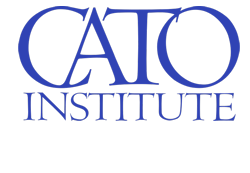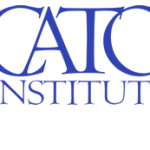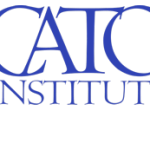Alex Nowrasteh
Alex Nowrasteh and Jerome Famularo
Congress is currently debating whether to spend about $175 billion on deportations to avoid future payments like the $650 million that Congress spent on shelter and other services for migrants last year. Poorly spending $650 million last year doesn’t justify spending 269 times as much to avoid similarly relatively small costs when Congress could just decide not to spend the money on migrant shelter and services in the first place.
The better policy would instead end noncitizen access to welfare and entitlement benefits, which could save over $109 billion in the first year.
Cato released a new paper today on immigrant consumption of welfare and entitlement benefits that will aid in such analysis. To put the following in context, the federal government spent about $2.8 trillion in welfare and entitlement programs in 2022, equal to approximately 45 percent of all federal outlays. Over $2 trillion on Social Security and Medicare, and another $784 billion on means-tested welfare benefits. States spent an additional $255 billion.
We find that all immigrants consumed 21 percent less welfare and entitlement benefits than native-born Americans on a per capita basis in 2022, based on data from the Survey of Income and Program Participation (SIPP). Immigrants were 14.3 percent of the US population and consumed just 11.9 percent of all means-tested welfare and entitlement benefits that year.
The biggest myth in the debate over immigrant welfare use is that noncitizens — which includes illegal immigrants and those lawfully present on various temporary visas and green cards — disproportionately consume welfare. That is not the case. Noncitizen immigrants consumed 54 percent less welfare than native-born Americans. Noncitizens were 7.3 percent of the population and consumed just 3.5 percent of all welfare and entitlement benefits. In total, noncitizens consumed $109.4 billion in benefits in 2022. » Read More
https://www.cato.org/blog/immigrants-used-less-welfare-native-born-americans-2022






